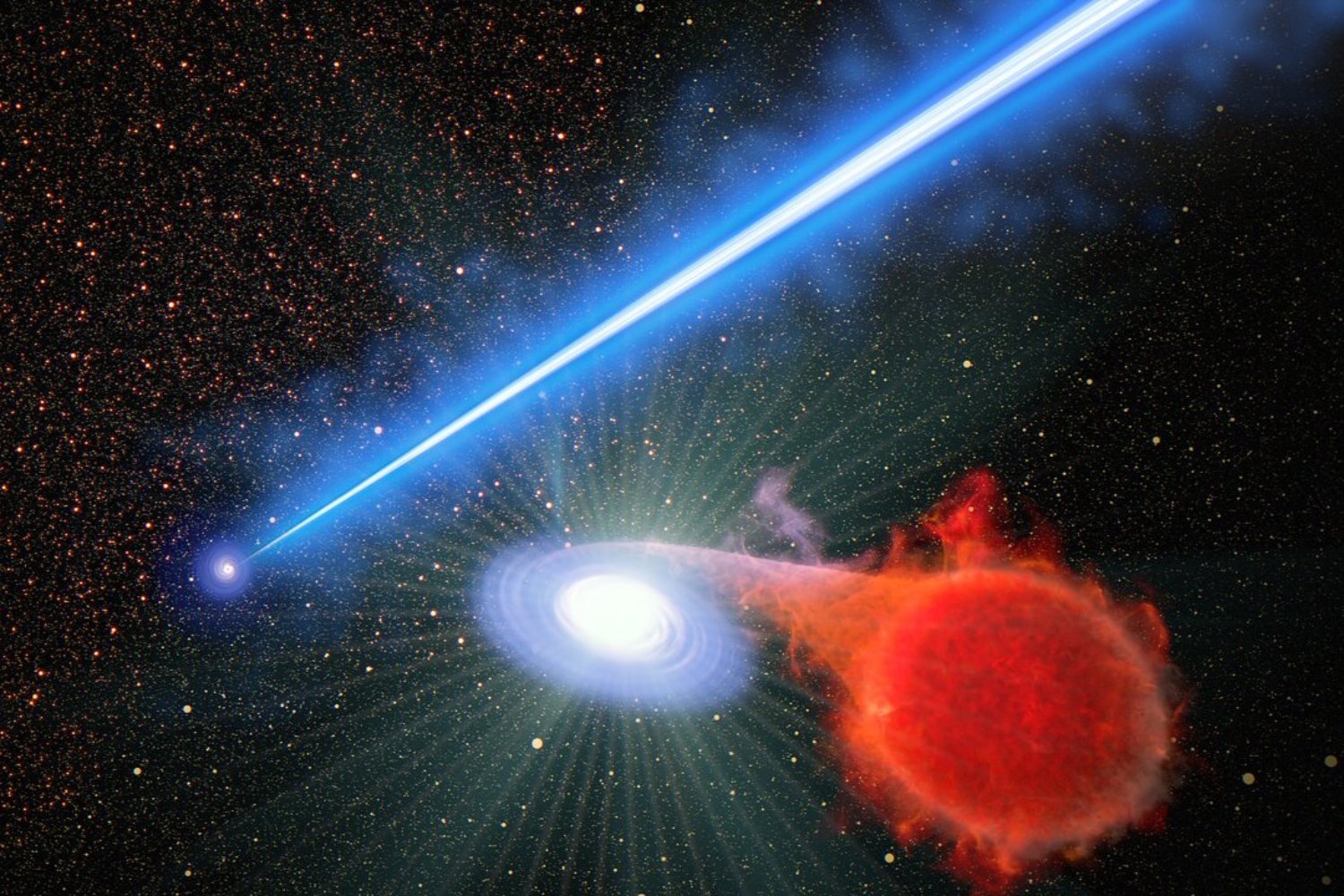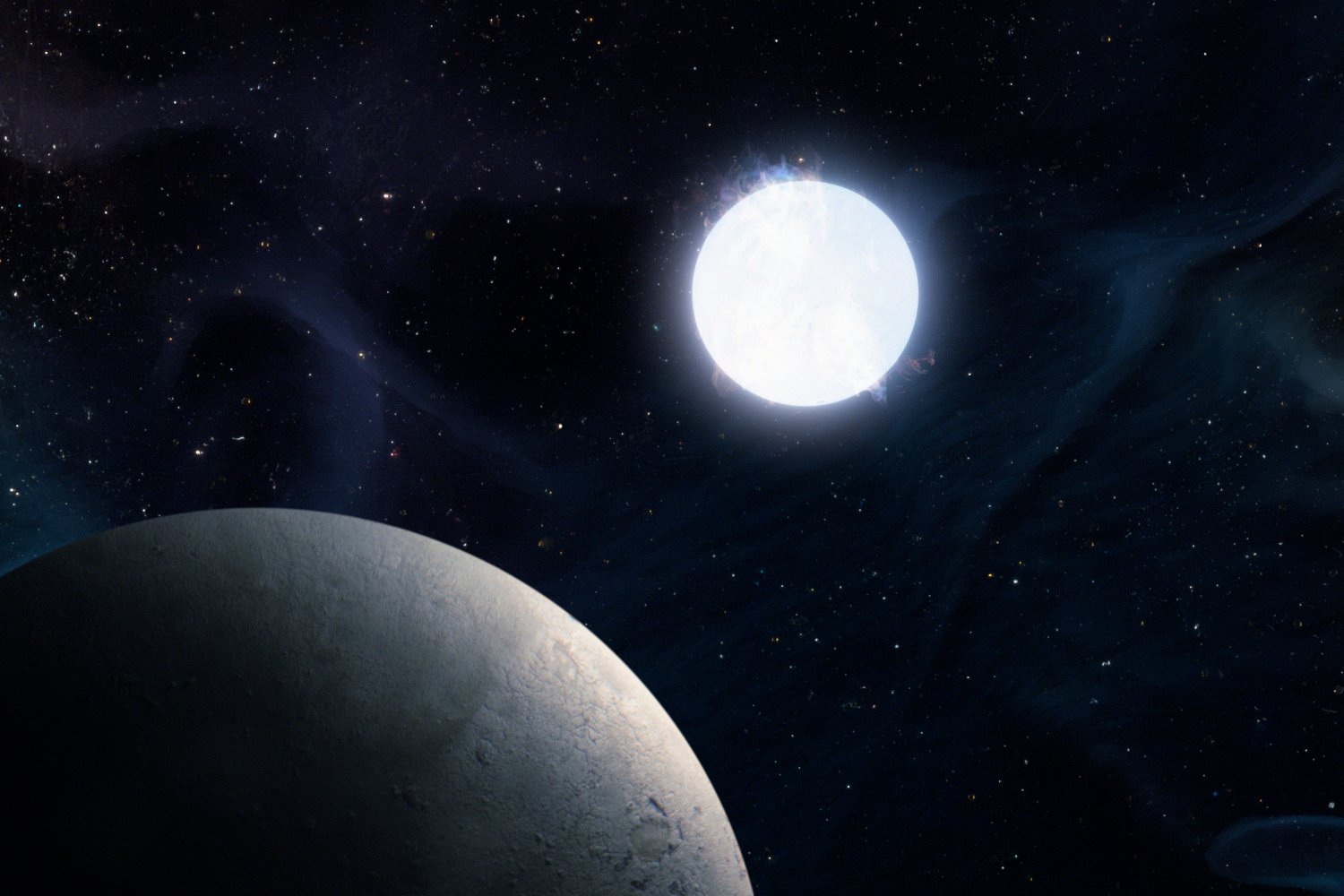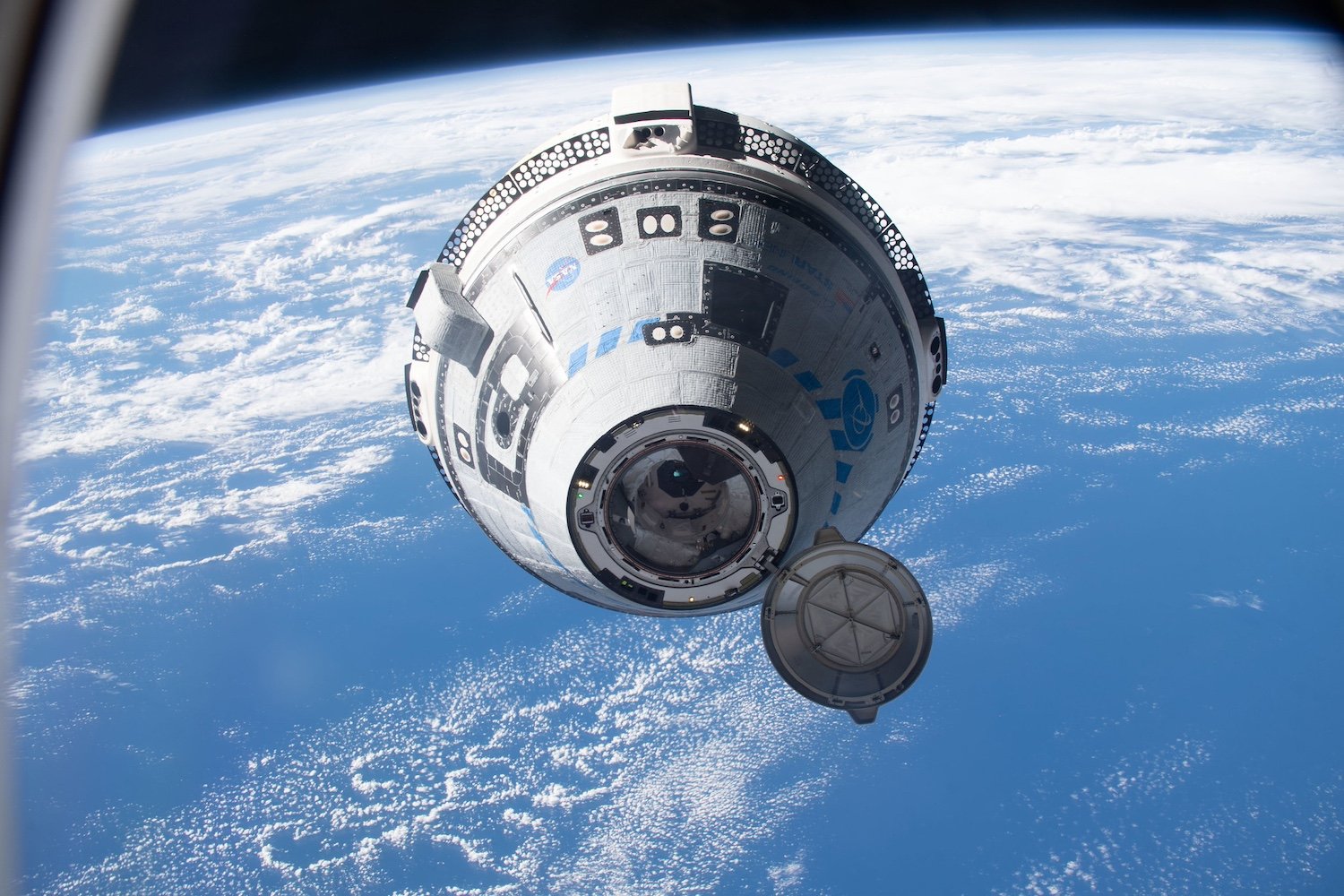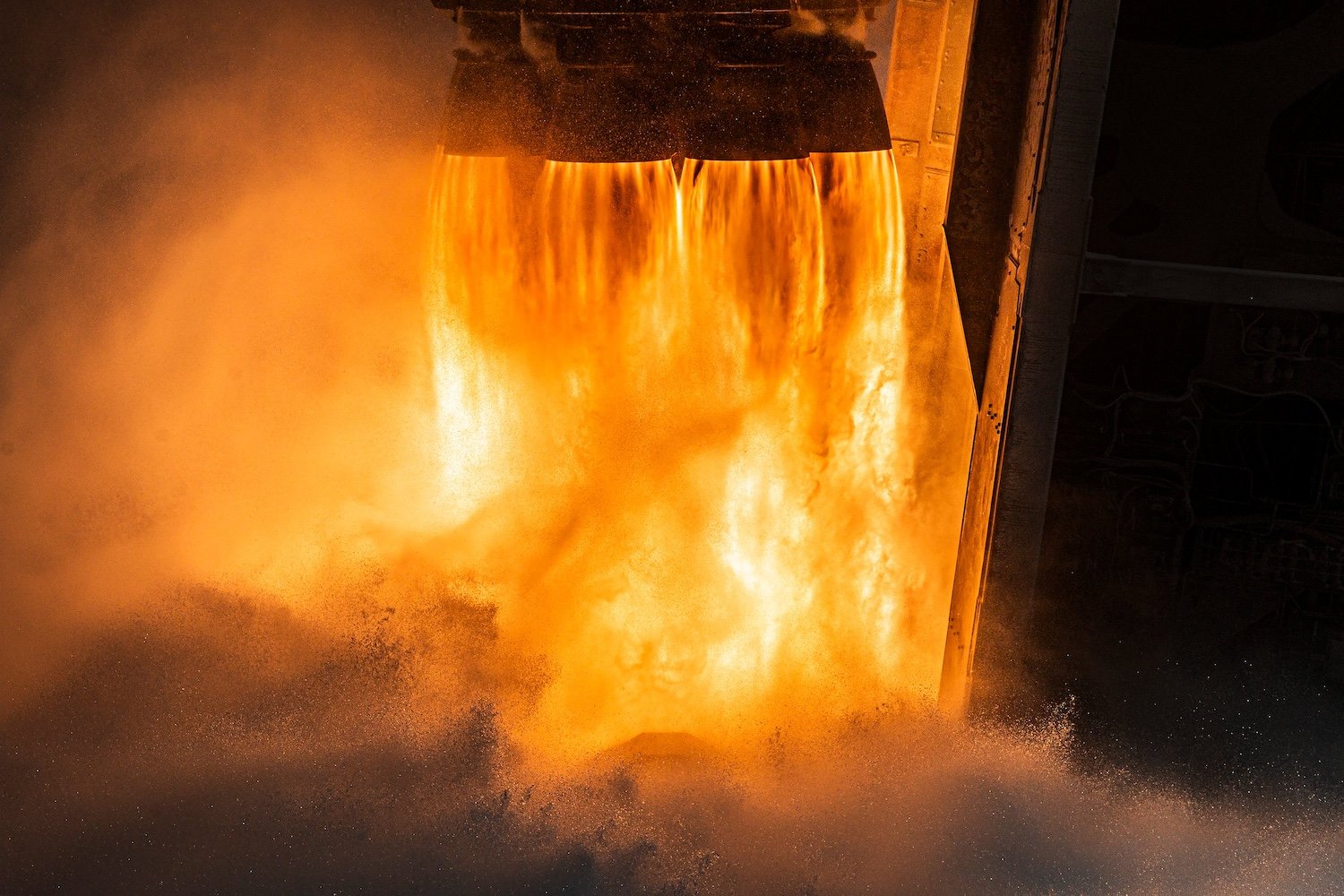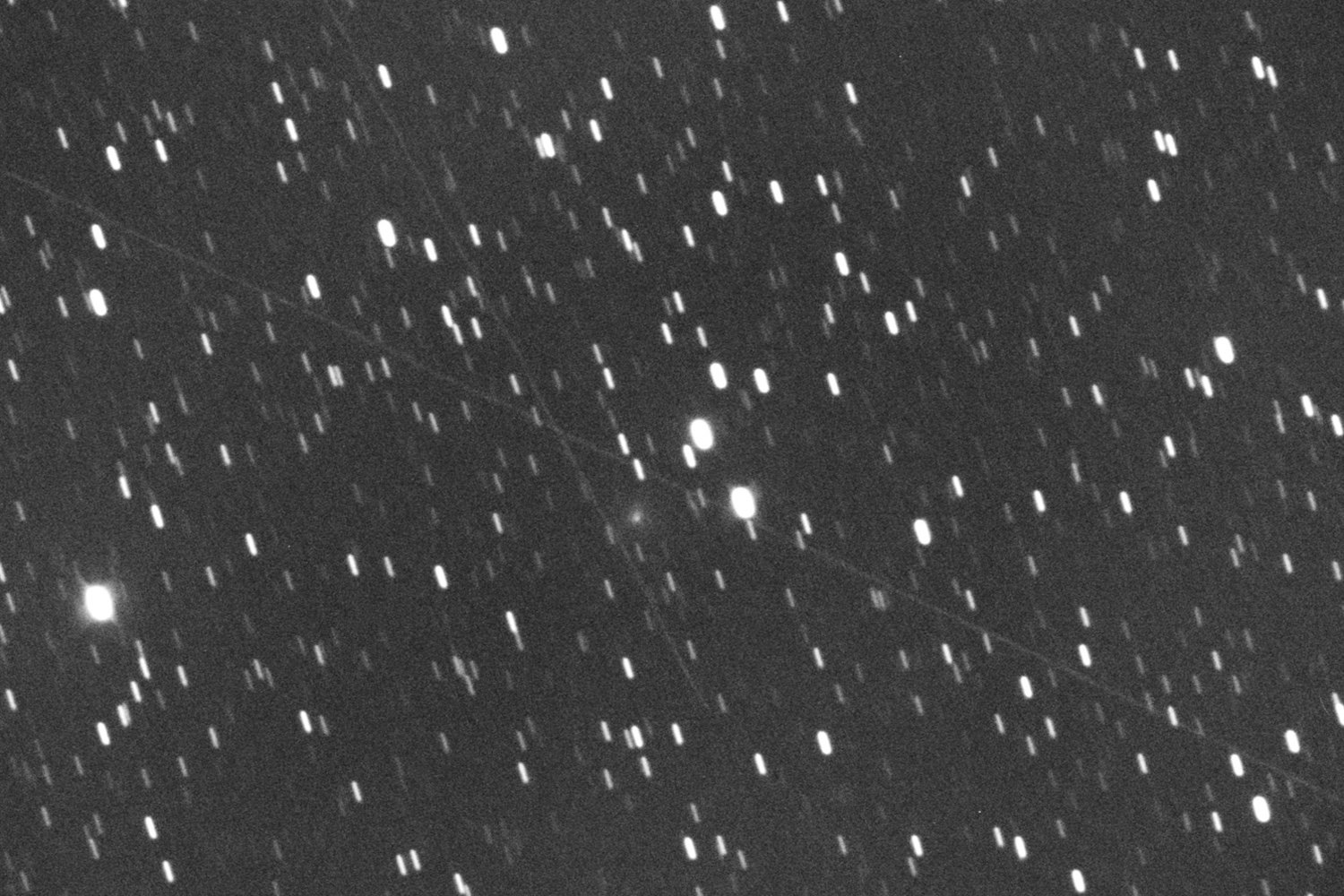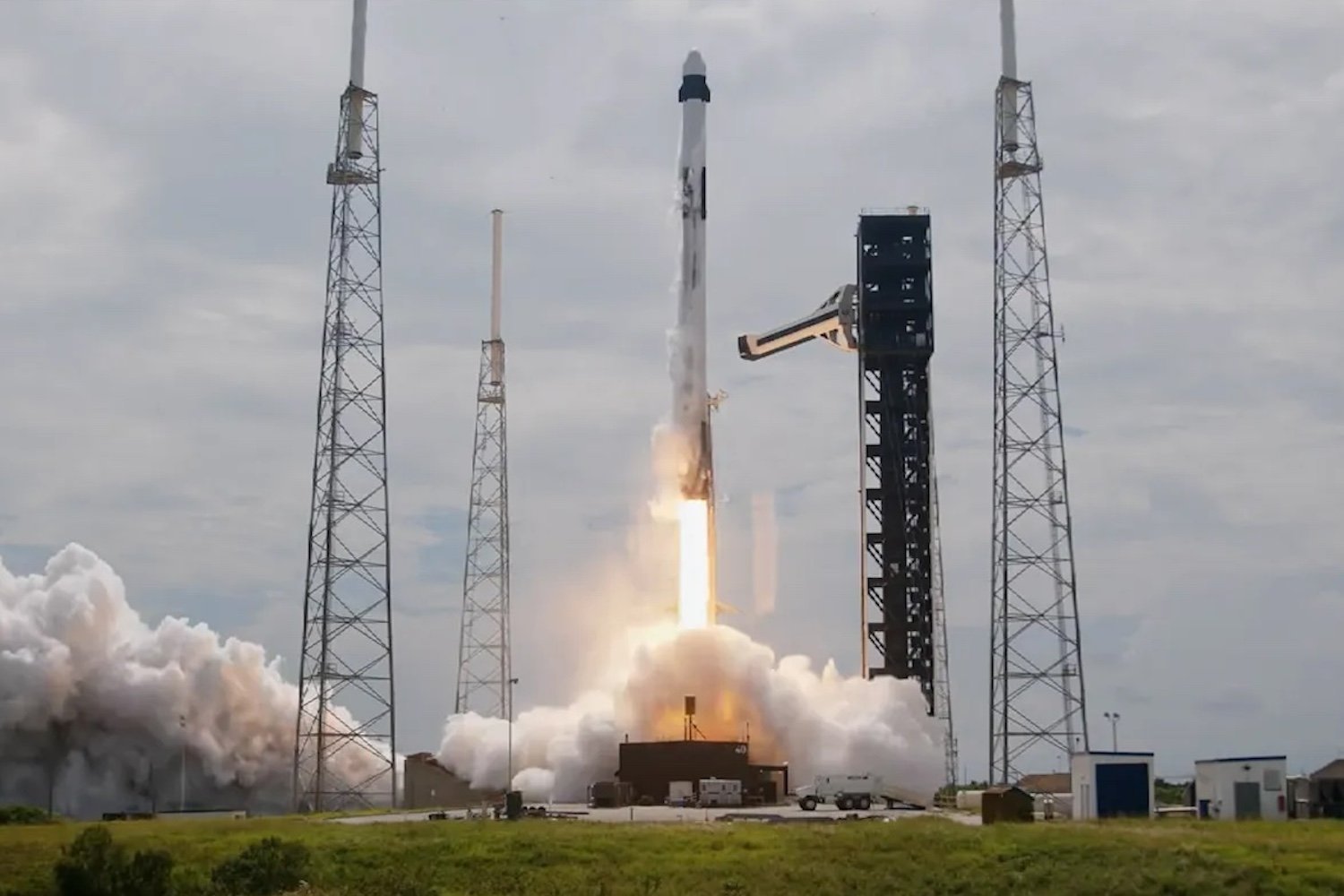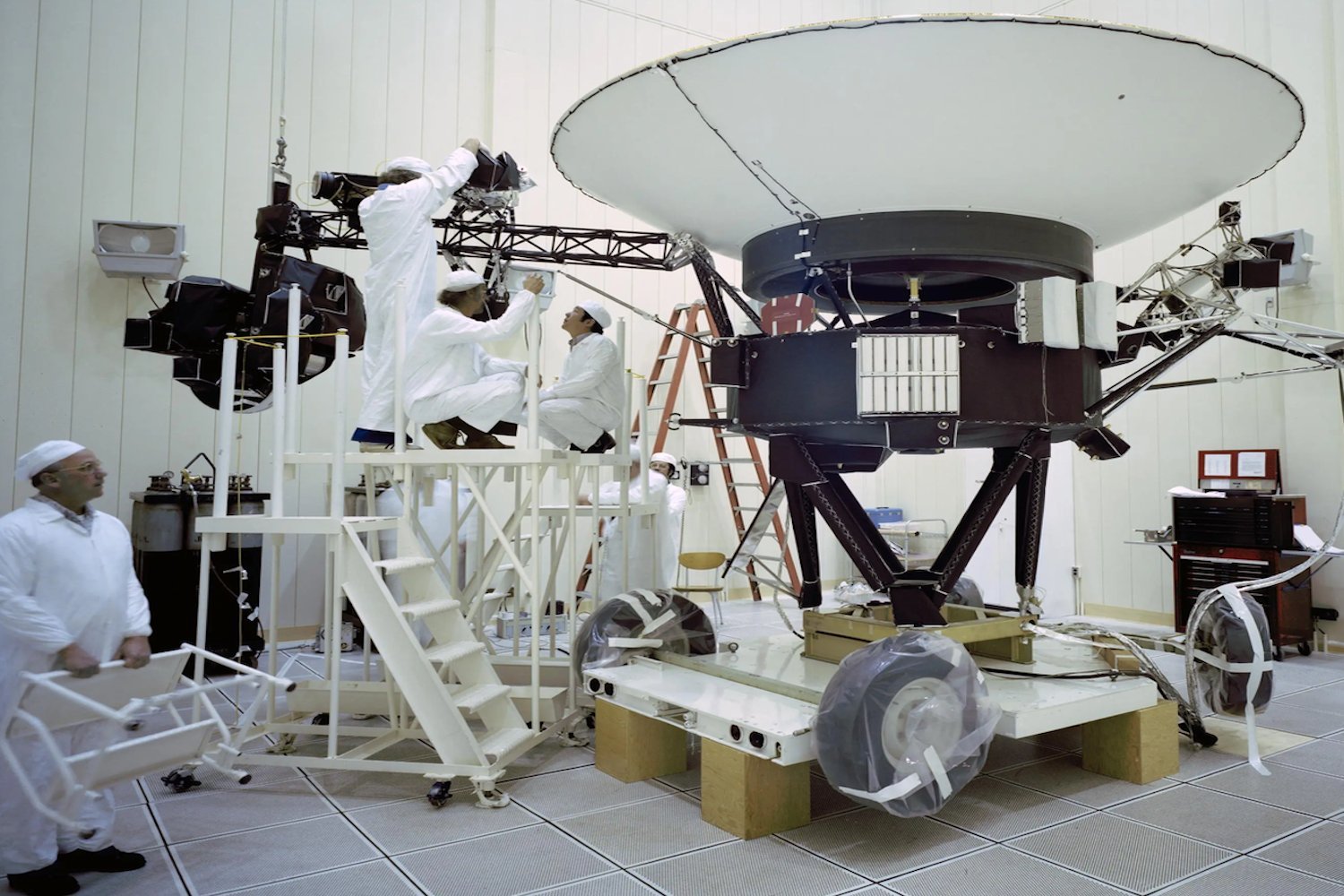Black holes are awe-inspiring celestial phenomena, but their powerful jets might be even more fascinating. New research suggests that these jets can trigger stellar explosions, even in stars not directly in their path. This surprising finding deepens our understanding of the complex interplay between black holes and their surrounding environments.
The study focuses on white dwarf stars, the remnants of stars like our Sun. These stars can accumulate hydrogen from companion stars, forming a layer on their surface. When this layer reaches a critical thickness, it explodes in a nova eruption. This process typically occurs cyclically.
“We don’t know precisely what’s happening, but it’s a very exciting discovery,” explains Alec Lessing, an astrophysicist at Stanford University and lead author of the study published in The Astrophysical Journal.
The research team investigated 135 novae in the galaxy M87, home to a supermassive black hole 6.5 billion times the mass of our Sun. This black hole, famously the first to be directly imaged by the Event Horizon Telescope Collaboration in 2019, produces a powerful plasma jet extending 3,000 light-years.
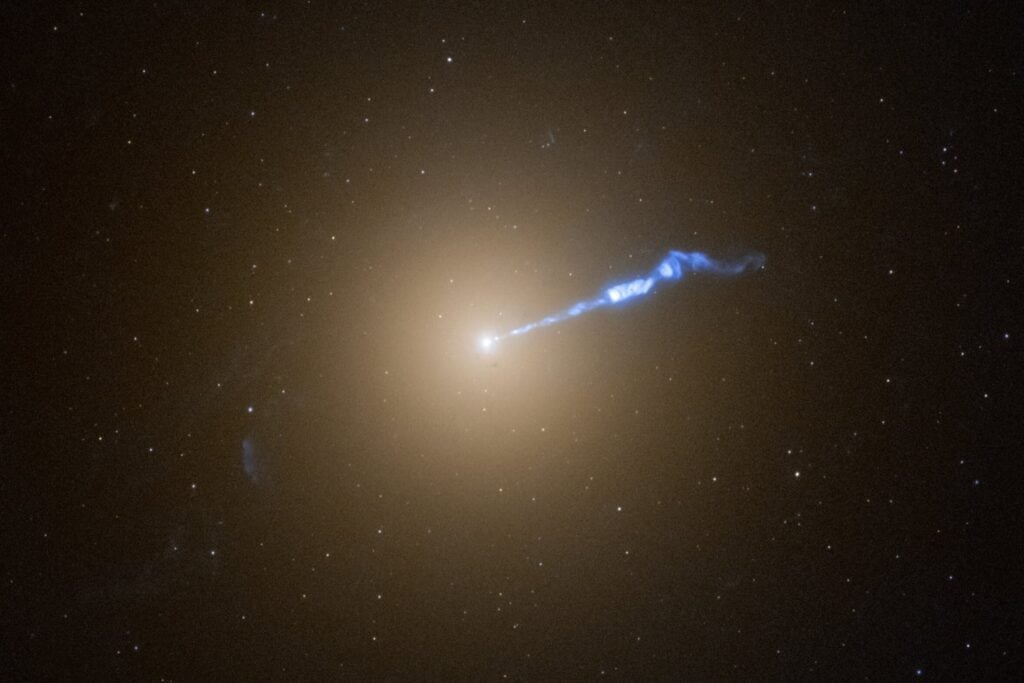 A Hubble Space Telescope image of the plasma jet spewing from M87.M87’s plasma jet captured by the Hubble Space Telescope. This seemingly serene image belies the jet’s true nature: a torrent of superheated particles traveling at near-light speed. Image: NASA, ESA, A. Lessing (Stanford University), E. Baltz (Stanford University), M. Shara (AMNH), J. DePasquale (STScI)
A Hubble Space Telescope image of the plasma jet spewing from M87.M87’s plasma jet captured by the Hubble Space Telescope. This seemingly serene image belies the jet’s true nature: a torrent of superheated particles traveling at near-light speed. Image: NASA, ESA, A. Lessing (Stanford University), E. Baltz (Stanford University), M. Shara (AMNH), J. DePasquale (STScI)
The team discovered a significantly higher concentration of novae near the jet compared to other regions of M87 – twice as many, in fact. Hubble Space Telescope observations revealed these novae brightening, indicating active hydrogen explosions. While previous studies hinted at increased activity near the jet, these new observations with Hubble’s wider-view cameras provide stronger evidence.
“The jet is clearly influencing the star systems in its vicinity,” Lessing notes. “One possibility is that the jet pushes hydrogen onto the white dwarfs, accelerating the eruption process. However, it might not be a direct physical push. The intense radiation pressure from the jet could also be a contributing factor. A faster hydrogen accumulation rate leads to more frequent eruptions.”
The new Hubble images of M87 are the deepest yet, thanks to the telescope’s upgraded cameras. While the researchers acknowledge a small probability (0.1% to 1%) that their findings are due to random chance, the evidence strongly suggests a causal link between the jet and the increased nova activity.
This discovery highlights the significant influence of black hole jets on their galactic environments. While often overshadowed by the black holes themselves, these jets play a crucial role in shaping the surrounding space. Recent discoveries, including the identification of the longest known black hole jets stretching 23 million light-years (equivalent to 140 Milky Way galaxies), further underscore their importance.
This groundbreaking research emphasizes the need for continued study of black hole jets. As we delve deeper into these powerful phenomena, we gain a richer understanding of the dynamic processes at play in the universe.



